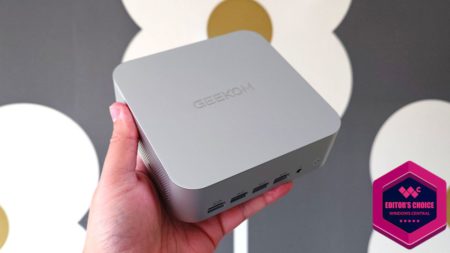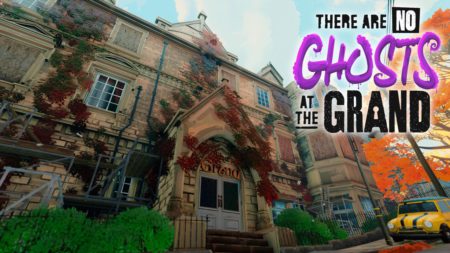I like the movie “Blade Runner”. I’ve read Philip K. Dick’s “Do Androids Dream of Electric Sheep“, on which the movie is based.
So what does this have to do with anything? Well, I’ve been around the industry for some time. I’ve added and swapped out devices in desktop computers…printers, modems, hard drives (watch those jumpers!), RAM. I’ve installed and re-installed operating systems, and I still have installation disks for Windows XP, MS/DOS 3.0, Windows 3.1, and Windows for Workgroups 3.11.
In the early ’90s, my first computer was a 386SX. If you wanted to print stuff, you had to purchase a printer and a printer card, get them set up, and connect the printer to the connector on the printer card, on the back of the computer. The same was true for modems. I started off with BBSs, CompuServe, Prodigy, and then AOL. Before heading off to graduate school on the west coast, I got a copy of a SLIP/PPP dial up script that ran AT commands against the modem to negotiate a TCP connection; connecting to the raw Internet was a whole new world!
I was in graduate school (on active duty) when the SATAN scanner, and OS/2 Warp 3.0 were released. I went to Frye’s Electronics in Sunnyvale, CA, to purchase a copy of OS/2 2.1, because it came with a $15 coupon for OS/2 Warp 3.0. Web Explorer, the browser that shipped with Warp, was the first browser to let you drag-and-drop images from the browser onto the desktop, which was huge at the time. I was using NetScape running on Solaris (SPARC Stations) in grad school, and that’s not something we could do at the time.
During my graduate studies, I had to set up a lab…that is to say, I had to build one from scratch. I had two networks built on either side of Cisco 2514 routers; one was 10BaseT, the other 10Base2. Each network had 3 Windows 95 workstations, all of which were cobbled together, Frankenstein-style, from spare parts, and a Windows NT 3.51 server. All of this was connected to the campus area network (CAN) via 10Base5 vampire tap.
Before I left active service, I worked with a young Marine to get the entire Marine Corps Detachment at DLI connected to the CAN, via token ring. The young Marine I worked with was a college graduate, who, while in college, had worked with his frat brothers to create an ISP in their frat house. When he graduated and went to work for Microsoft, he had his partners cash him out of his share of the ISP. After working at Microsoft for a while, his plan was to learn Arabic in the military…a place where they teach you something and then require you to use it…and when his enlistment was up, he’d go back to Microsoft and say, “hey, I’m a former employee, I’m already vetted, and now I speak Arabic!” He and I went around the detachment, installing token ring networking cards that had already been purchased into machines, and getting the systems connected to the CAN. The purchase of the cards had been the result of a thesis by two previous graduates who had assessed the “best way” to get the detachment connected to the Internet; they’d studied the environment, made recommendations, submitted purchase orders…and then graduated. So, the PFC and I had a box full of network cards, and admin staff from the Army that we had to work with.
Not long after leaving active service, I was performing vulnerability assessments for various organizations. At one point, I was sitting in offices in one of the twin towers in New York (circa 1998), performing a war dialing exercise. Our laptops had modems installed (most laptops did, at the time), and we came armed with both THCScan and ToneLoc. With this exercise, we were given a cubicle in the “cube farm”, where there was only a single phone line. So, my co-worker and I connected the laptop and began our exercise…the volume on the laptop was turned down low, and even then we realized that the number we were dialing were stepping across the cube farm we were in, so we huddled closer to the laptop, and even threw our suit jackets over the laptop and our heads, as we could hear the folks in the cubicles on either side of ours answer their phones, say “hello” a couple of times, and hang up. The whole time, we were hoping that no one would catch on to us, and thankfully, no one did.
PS: Here’s a link to Roy Batty’s “I’ve seen things” monologue.
Source: Read MoreÂ


